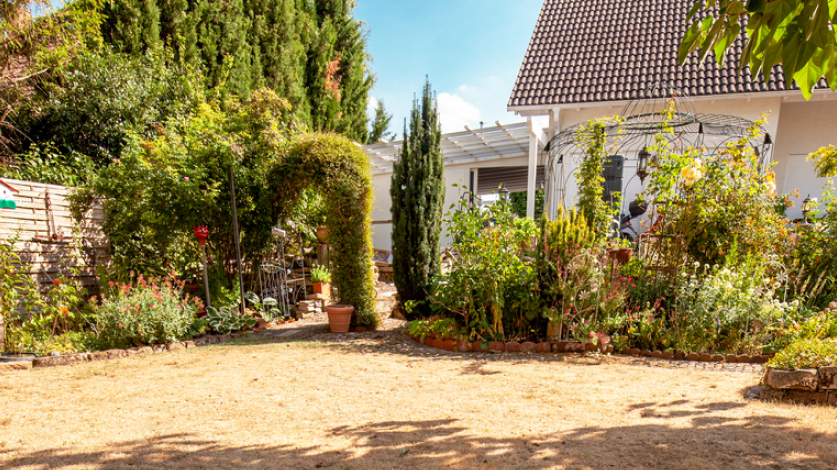Addressing lawn drainage requires tackling the root cause. Structural issues related to property layout may be complex but are still manageable. Here’s how to enhance your lawn’s drainage for a healthier outdoor space.
Start by identifying low spots where water tends to pool and consider leveling the ground to promote better water flow. Installing French drains or dry wells can also be effective solutions to redirect excess water away from problematic areas.
Additionally, incorporating organic matter into the soil can improve its overall structure and increase permeability, allowing water to drain more efficiently. Regular maintenance, such as aeration, will further enhance drainage.
Lawn Aeration Services
Aeration can alleviate drainage issues from soil compaction. This process involves using a core aerator to reduce thatch and loosen soil, improving water flow. By creating small holes in the soil, aeration allows nutrients and oxygen to penetrate deeper, supporting root growth.
TruGreen’s lawn aeration and overseeding service promotes a robust lawn. Annual aeration not only enhances the lawn's overall health but also helps in preventing diseases and pests by creating an environment where grass can thrive.
Implementing Landscape Drainage Systems
For persistent drainage problems, installing a drainage system like pumps or physical drains can be an effective long-term solution, especially for severe cases. In addition to these systems, consider integrating landscape grading to naturally redirect water flow away from problematic areas.
Regular maintenance, such as clearing debris from drains and ensuring pumps are operational, is also crucial to prevent future issues. Consulting with a professional can provide tailored solutions, taking into account local soil conditions and rainfall patterns to ensure the drainage system is optimally designed and implemented.











 Back to all blogs
Back to all blogs

Facebook
X
Youtube
Copy Link
Email